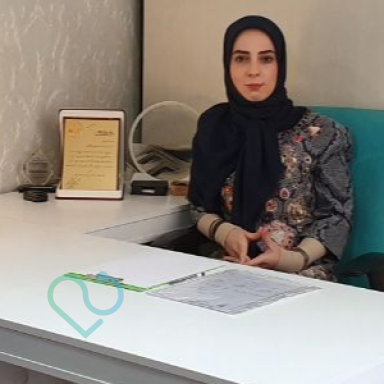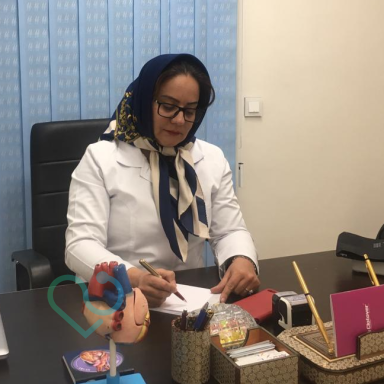Lead is a highly toxic metal, and lead poisoning is a serious and sometimes fatal condition. Lead poisoning occurs when lead accumulates in the body over months or years. Even small amounts can cause severe health issues, especially in children under six years old. Lead-based paints and lead-contaminated dust in older buildings are common sources of lead poisoning in children. Kids are often exposed through hand-to-mouth activity after touching lead-tainted objects or surfaces. Other sources include air, water, and soil contamination. Adults working with batteries, renovating homes, or in auto repair are at greater risk. Although lead poisoning is treatable, its effects are irreversible, so preventive measures are crucial.
Symptoms of Lead Poisoning
Symptoms vary and can affect many parts of the body. Lead poisoning often develops slowly due to repeated exposure rather than a single instance.
- Abdominal pain
- Cramping
- Aggressive behavior
- Constipation
- Sleep problems
- Headaches
- Irritability
- Loss of appetite
- Fatigue
- High blood pressure
- Numbness or tingling in limbs
- Memory loss
- Anemia
- Kidney dysfunction
- Developmental delays in children
In children, lead exposure can cause cognitive disabilities, including:
- Behavioral issues
- Low IQ
- Poor academic performance
- Hearing problems
- Learning difficulties
- Growth delays
High-dose lead poisoning may cause emergency symptoms such as:
- Severe abdominal pain
- Vomiting
- Muscle weakness
- Difficulty walking
- Seizures
- Coma
- Encephalopathy (confusion, seizures, coma)
Causes of Lead Poisoning
Lead poisoning occurs through ingestion or inhalation of lead particles, which are odorless and tasteless. Common sources include:
- Lead-based paint in older homes
- Bullets or curtain weights
- Lead-contaminated pipes and faucets
- Soil contaminated by vehicle exhaust
- Art supplies
- Jewelry and pottery
- Batteries
- Kohl (traditional eyeliner)
- Certain traditional medicines
Who Is at Risk?
Children, particularly those living in older homes, are at greater risk because they are more likely to ingest or touch lead-contaminated objects. People in developing countries are also at higher risk due to less stringent pollution control measures.
Diagnosis
Lead poisoning is diagnosed through blood tests to measure lead levels. Additional tests, such as iron storage evaluation, X-rays, or bone marrow sampling, may be required. No level of lead in the blood is considered safe, and even 5 micrograms per deciliter can cause health issues in children.
Treatment
The first step is identifying and removing the lead source. Severe cases may require chelation therapy, which uses agents like EDTA or DMSA to bind and excrete lead through urine. However, these treatments may have side effects like kidney issues (EDTA) or nausea and allergic reactions (DMSA). Long-term damage from lead exposure can be difficult to reverse.
Prevention
- Regularly clean dust from the home.
- Use cold water for cooking and drinking.
- Wash hands before meals.
- Test water for lead and use filters if necessary.
- Clean faucets regularly.
- Wash children's toys and bottles frequently.
- Teach children to wash hands after playing.
- Use lead-free paint.
- Screen blood lead levels in children aged 1–2 years.
Adults generally recover from moderate lead exposure without lasting effects, but in children, even low levels of lead can cause permanent cognitive impairments.
Sources: Healthline, Mayo Clinic












نظرات مشتریان ما
نظری ثبت نشده است